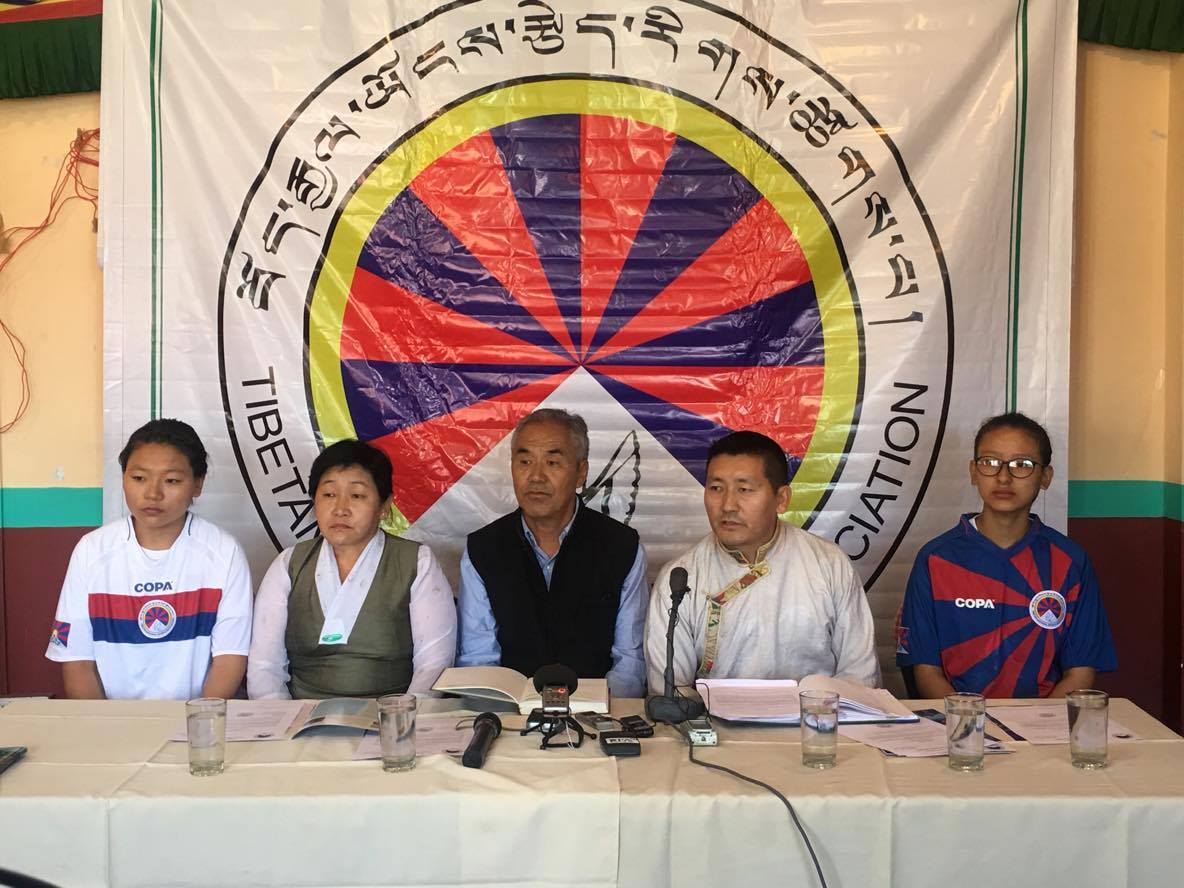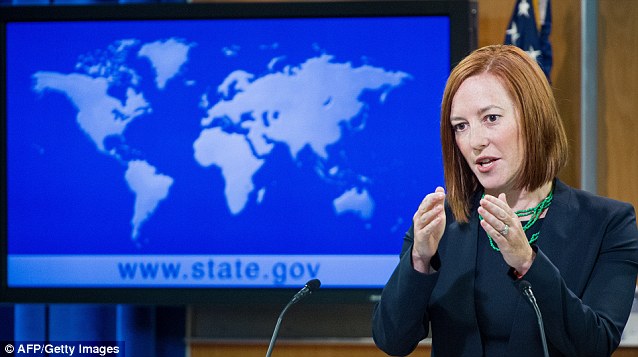China’s exploitation puts Tibetan plateau’s water security at risk: US Special Coordinator for Tibet

DHARAMSALA, 25 Aug: US Special Coordinator for Tibetan issues, Ms Uzra Zeya, has said that “climate change and infrastructure development, among other issues, continue to threaten the Tibetan plateau.”
The Biden Administration’s point person for Tibetan issues conveyed these remarks at the World Water Week Conference in Stockholm in her pre-recorded opening remarks at a panel discussion titled ‘Addressing Water Security Challenges in the Himalayan Region.’
“Climate change and infrastructure development, among other issues, continued to threaten this critical source of freshwater. As one example, in recent years the People’s Republic of China has dramatically increased large-scale water diversion projects and hydropower development across the Tibetan Plateau,” the US Special Coordinator for Tibetan issues said.
Emphasising the Tibetan Plateau’s significance as the origin of Asia’s primary rivers, catering to water needs for over 1.8 billion individuals, approximately 23% of the global population, Ms Zeya added “These policies have been designed and implemented without input from the 6 million Tibetans in China, leading to the displacement of traditional Tibetan communities.”
The US State Department has collaborated with the International Water Management Institute to host the penal discussion, which was supported by several governments including the Czech Republic, Estonia, Switzerland, and the United Kingdom. The event was also co-sponsored by the International Tibet Network and the International Campaign for Tibet.
The panel discussion was overseen by three distinguished experts: Tsechu Dolma, founder of the Mountain Resiliency Project; Dr Lobsang Yangtso, a senior researcher at the International Tibet Network, both of whom are based in exile; and Dr Manohara Khadka, the Nepal country representative for the International Water Management Institute.
During the discussion, Tsechu Dolma underscored the repercussions of climate change and the shrinking glaciers in the region. She put forth strategies for adapting to ensure water security and bolstering economic prosperity.
Meanwhile, Dr. Lobsang Yangtso delved into the recent Ecosystem Protection Law introduced by the Chinese government on the Tibetan Plateau. This law sanctions the exploitation of mineral resources within nature reserves situated at the origins of key rivers such as the Yarlung Tsangpo, Yangtse, and Yellow River.
At the discussion, Tsechu Dolma has highlighted the impacts of climate change and receding glaciers in the area and proposed adaptation measures for water security and economic well-being while
Since 1991, World Water Week has stood as the preeminent annual conference addressing global water concerns, taking place in Stockholm, Sweden during the final week of August. This prominent event serves as a platform to scrutinize the crucial significance of water in tackling a range of urgent global dilemmas, including but not limited to water scarcity, the impacts of global warming, and the decline of biodiversity.
China’s insatiable appetite for the utilization of Tibet’s natural wealth and its aspiration to tap into the abundant reserves beneath the Tibetan plateau have sparked numerous protests by the Tibetans. These hills and lakes hold profound sacred value for Tibetans, who perceive them as the dwelling places of deities that have safeguarded both the land and its people since ancient times.
Activists and Tibetans living in exile have persistently rallied against China’s unrestrained and poorly considered hydropower development, mining and building endeavours in Tibet, which, they say, have escalated considerably over time.






